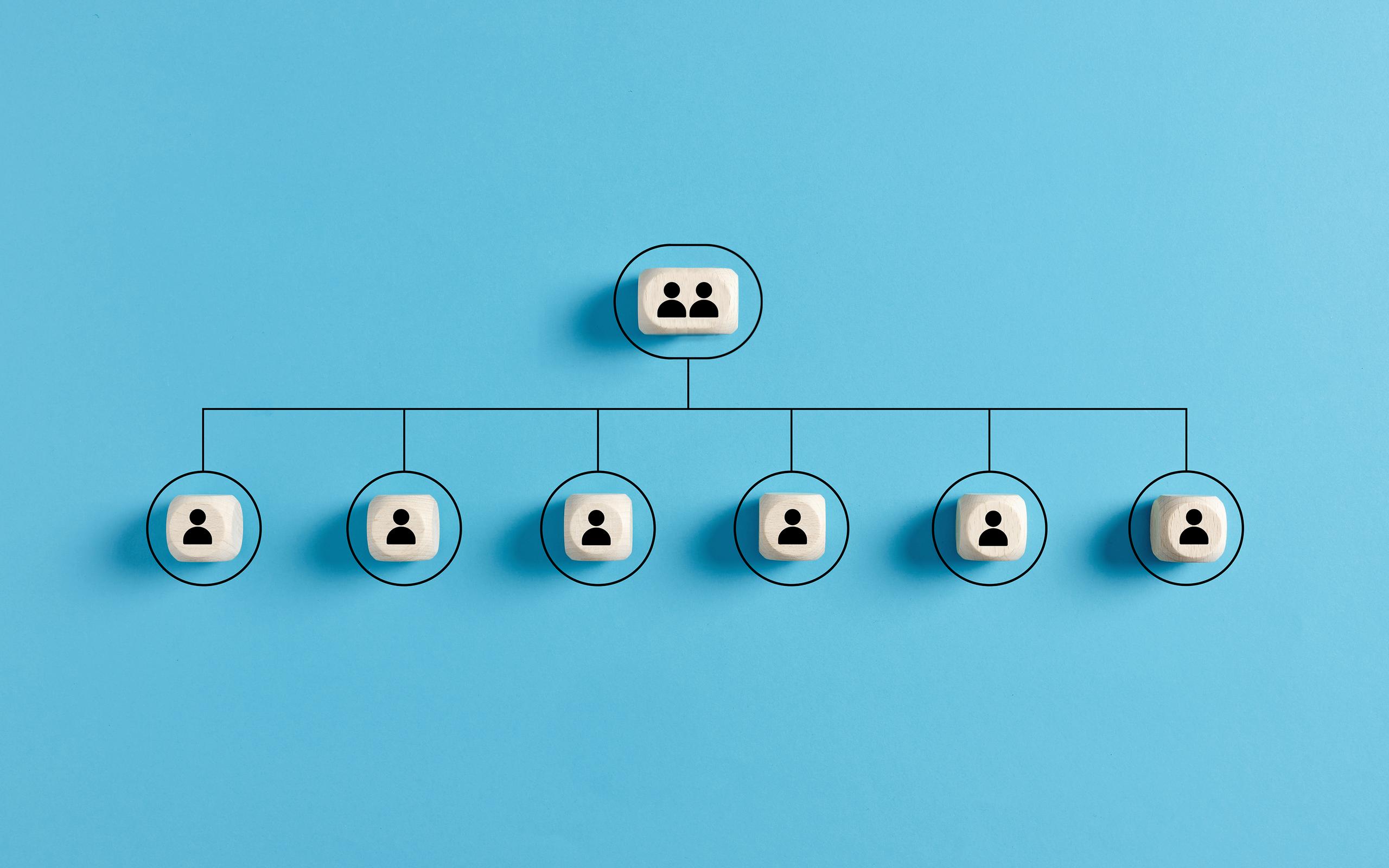-
What we doPersonal development
- Accelerating your impact
- Leadership for young people
- Navigating transitions
- Boosting collaboration
- All programmes
-
Social campaignsSocial campaigns
Taking a stand on social issues. Join us in investing for a better future
Read moreCurrent campaignsRelated -
ImpactEvidence
-
AboutLocations
Common Purpose
/
5 November 2025
Two at the Top: What Co-CEOs Can Reveal About the Future of Leadership
The co-CEO model is a growing trend among organizations today. But what does it tell us about the wider landscape of leadership?

Ask most people what leadership at the very top looks like, and you'll likely hear the same answer: one person, one vision, one ultimate decision-maker. For decades, the CEO was the singular figurehead — the person who set the strategy, shaped the culture, and, ultimately, held the weight of accountability.
But perhaps that archetype is shifting. From Oracle to Spotify, from Netflix to Salesforce, a growing number of organizations are choosing a shared path: the co-CEO model. Two leaders, one role. A move that once might have signalled confusion or a lack of confidence is now looking more and more like a pragmatic response to the increasingly complex world of work.
So what's behind this shift, and what does it say about where leadership could be headed in the future?
Today's leadership challenges are broader and more fast-moving than ever. Organizations are navigating global markets, hybrid teams, digital acceleration, investor pressure, and social scrutiny. In environments such as these, it's understandable that one person may not be able to cover all the bases effectively.
Co-CEOs can divide the load and double the strengths. One might look outward to growth and innovation, while the other builds the internal systems and culture that sustain success. One may bring deep technical expertise, and the other the commercial instincts needed to scale it. But at the root of this decision is more than structural change, it's a statement about what leadership today requires: collaboration over hierarchy, shared accountability over solitary authority. It's leadership as a network rather than a ladder.
When it works, co-leadership can unlock sharper decision-making and faster innovation. Organizations can move confidently in multiple directions at once, without sacrificing alignment. And a partnership at the top demonstrates the very behaviours organizations want to see everywhere else: trust, communication, adaptability, and shared success.
But there's no denying that the risks of this setup are very real. These dual-CEO arrangements have crumbled under unclear expectations, competing egos, or slow and inconsistent decision-making. If roles aren't defined or trust breaks down, even tiny disagreements send shockwaves through the business, shockwaves that are felt across various teams.
The difference between success and failure isn't luck, it's intentional design: clarity, transparency, and the discipline to stay aligned even under pressure. When those elements are present, the model becomes far more powerful than its unconventional reputation suggests.
Most organizations will never appoint two CEOs. But the mindset behind the model can be applied elsewhere, and not just at the most senior levels of leadership. We are moving away from the 'hero leader' myth — the all-knowing executive who personally drives every outcome. Today's leaders work in networks where influence is shared. Teams are flatter, work moves fast, and leadership isn't about giving orders anymore, it's about building connections.
The capabilities that make co-CEOs successful — humility, shared purpose, partnership, and clarity — are now essential for leaders in almost any role. Whether leading a major business transformation, running a region alongside a functional partner, or just working across a complex organization, the future belongs to leaders who know how to lead with others, not over them.
Co-CEOs most likely won't become the default, and they certainly won't suit every business. But they are a visible sign of an important ideological shift: power in modern organizations doesn't just have to sit with one person.
Leadership development is already adapting in light of this. Emerging leaders are learning to co-create, to value diverse perspectives, and to distribute decision-making. Senior leaders are learning to be transparent and interdependent, acknowledging that they don’t always have every answer.
This model isn't just a leadership experiment, it's a preview. A signal that collaboration isn’t a "soft" competency any more, it's a strategic advantage. Maybe the real question in leadership as we move forward isn't merely "Who's in charge?" Rather, it's "How do we win by leading together?"
